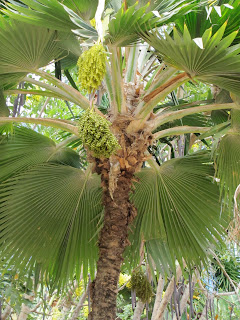As you may know, I was working in Lanai, Hawaii for the first week of November (tough gig). The second week, I spent traveling. Over the past two years, I've been fortunate enough to spend a total of eight weeks in Hawaii; I had visited Lanai, Maui, the Big Island and Oahu. This trip, I made a point to spend a few days in Kauai. Kauai is the oldest island and thus the greenest, which made it a refreshing change from the drier climate of Lanai.
While in Kauai, I went horseback riding at Silver Falls Ranch, a great place near Hanalei. I took a private ride so my guide and I could canter and trot (though I was still a little too cagey to all-out gallop!). Somewhat spoiled by all my Hawaii travels, I didn't feel the compulsion to stop and take photos during the ride; I wanted to just enjoy the moment, not to mention I must have THOUSANDS of pics of Hawaiian landscapes by now (and am not near finished sharing them with you all, either!).
However, I did have to stop a take a few library shots of this unusual palm: Dypsis decaryi, or triangle palm (not to be confused with triangle man). Dypsis has long fronds with leaves ascending from the main stems. These fronds emerge from three points, forming a triangle. Native to Madagascar, the plant is popular for its odd shape.
I'm not sure I'd use this in a landscape design, though the bluish tint of the foliage and the shape is kinda fun to look at. It is just so odd; I feel like seeing it takes you out of the moment, like seeing a mega star take on a cameo role in a movie. Botanical stunt casting, perhaps...



























